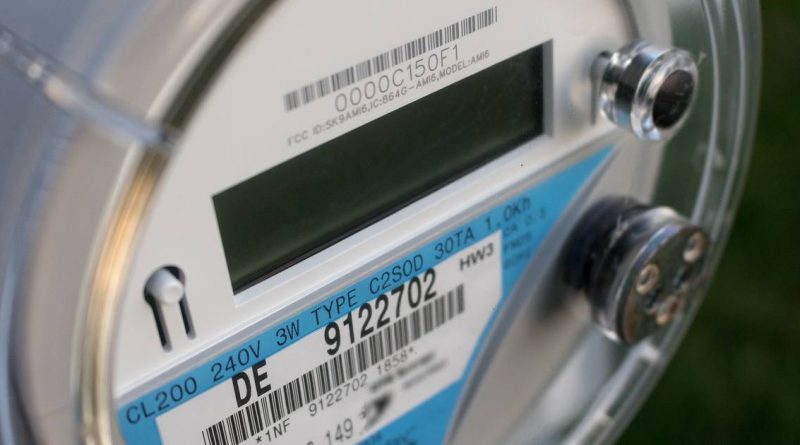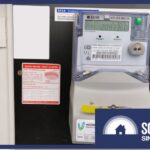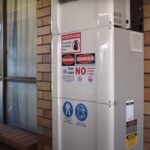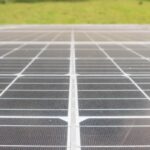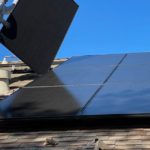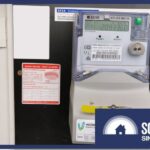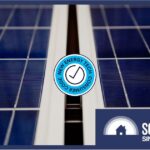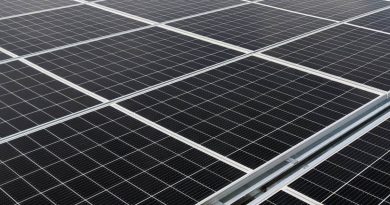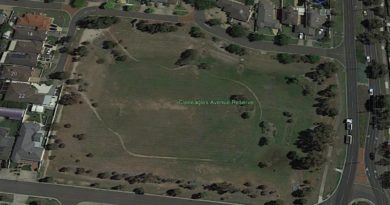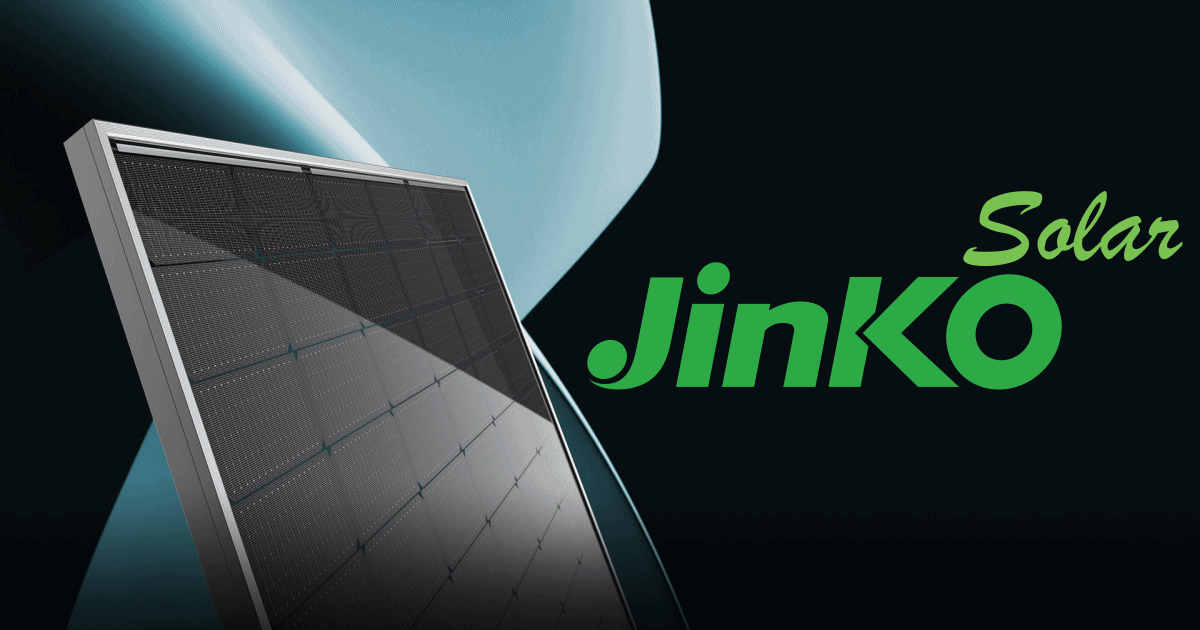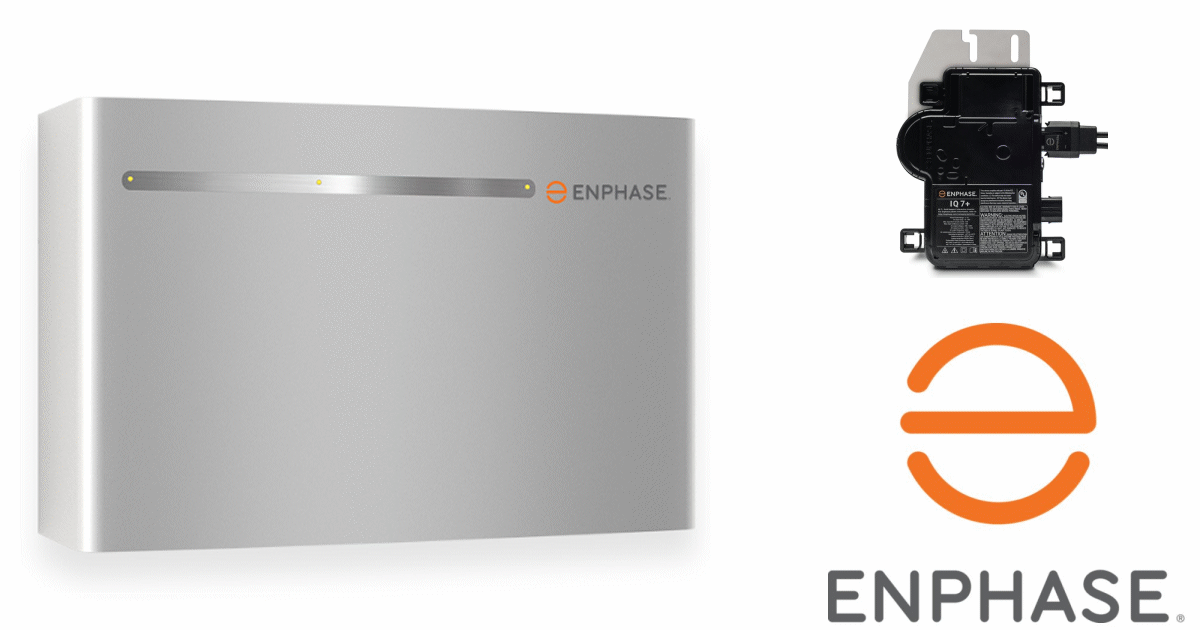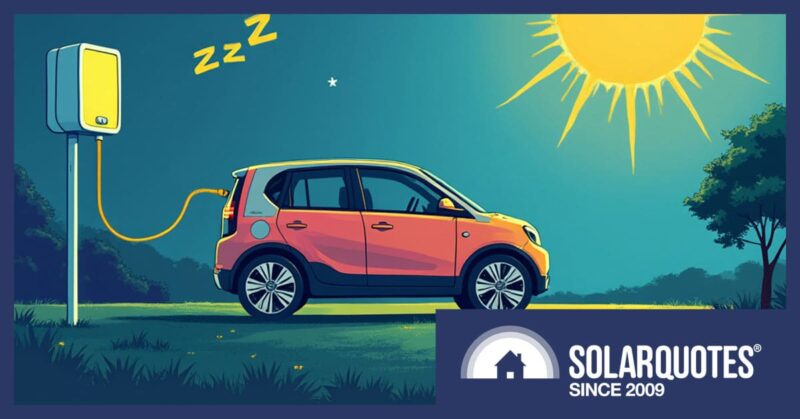Electricity Meter Upgrade Complaints Drop In South Australia
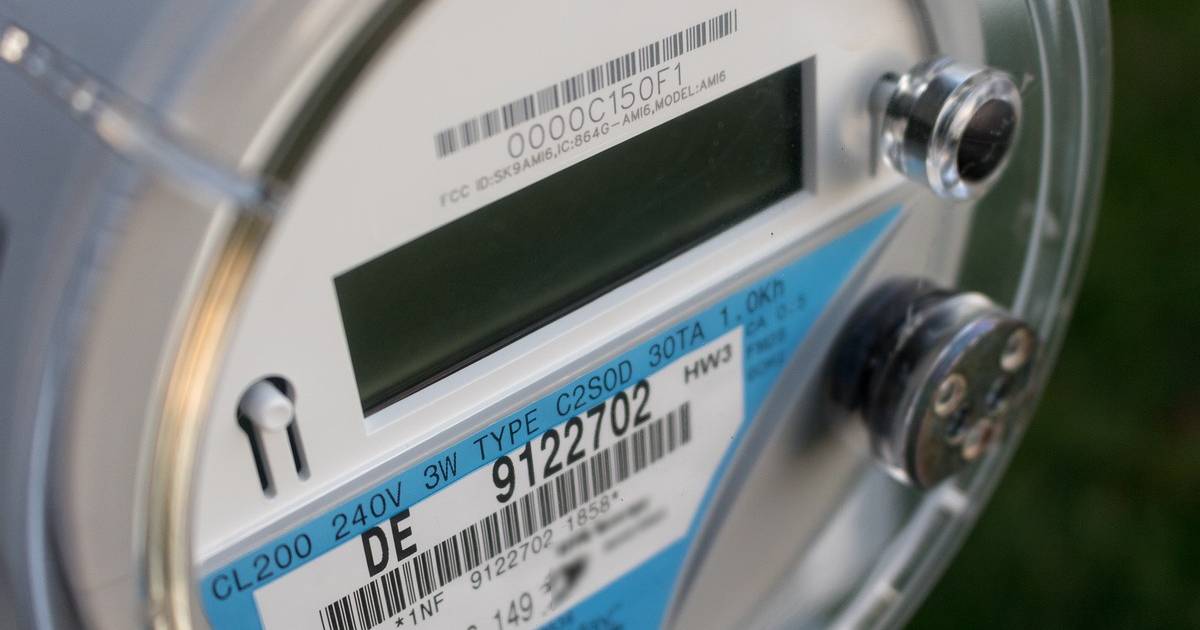
Image: rgaudet17
South Australia’s Energy & Water Ombudsman handled fewer complaints in 2019-20; including regarding issues relating to meter upgrades for solar power system installations.
The Ombudsman’s office released its 2019-20 Annual Report yesterday, which notes new rules and increased support since COVID-19 restrictions began in March slashed complaints generally by 19% for the year to June 2020.
“.. strong regulator and business action ensured additional support options for those who needed it. This advanced action appears to have resulted in reduced numbers of complaints to our Scheme,’ said Ombudsman Sandy Canale.
Solar Related Complaints
While overall Service Provision case numbers decreased by 39% in 2019-20 compared to the previous year, Solar PV Approval cases increased by 21%. That sounds like a rather drastic jump, but the number of cases rose from 24 to 29 – and tens of thousands of systems were installed in South Australia during the period. Still, if you were one of the 29 affected, it wouldn’t have been much fun. Complaints that get to the stage of reaching the Ombudsman mean things have gone very pear-shaped.
Meter upgrades associated with solar installations has been a significant ongoing bugbear.
The report notes:
“Solar meter case levels have remained steady throughout this year, in contrast to the trend of decreases for the majority of other sub-issue cases. Solar meter upgrade delay cases were still higher in June 2020 compared to June 2017 before metering competition was introduced.”
Metering competition reforms under the optimistic slogan of “Power Of Choice” wasn’t just a South Australian thing – it was across the National Electricity Market (NEM). Far from being a cure for what ailed us, it turned out to be an utter shitstorm in the early stages in relation to meter changeovers and obviously still has some way to go.
Comparing 2019-20 with 2018-19, I count 444 cases for the former and 775 for the latter in the report – so there was marked improvement on that aspect year-on-year, but again it wouldn’t have been a great time for those impacted and 444 is still a very high number.
A Complaint Case Study
There are also a couple of solar related case studies in the Ombudsman’s report. One concerns a solar owner who disputed his Autumn and Winter 2019 bills because they were unexpectedly higher than the bills for the same period in 2018 when his solar power system was not yet installed.
But it didn’t turn out there was a problem with the system or the Autumn and Winter 2019 bills – his electricity retailer *undercharged* 1,614 kilowatt-hours between June and August 2018. That would have been a nasty surprise for the complainant, but the story ends with the retailer not attempting (or being able) to claim for the undercharge, and also applying a $250 credit to the solar owner’s account as a gesture of goodwill for the inconvenience caused.
On a somewhat related note, pick up some tips for troubleshooting if you suspect your solar power system isn’t performing as it should.
Ombudsman Concern For New Energy Tech Consumers
Mr Canale said with an increasing number of consumers moving to new technology such as solar panels and home batteries and becoming customers of providers with new business models (e.g VPPs), this could leave them outside the protection of the Ombudsman.
“This could mean that some consumers no longer have access to current energy-specific legislative protections and may become more reliant on Australian Consumer Law to resolve disputes,” he stated.
Consideration is being given as to how the consumer protection framework could evolve.
Original Source: https://www.solarquotes.com.au/blog/meter-changeovers-sa-mb1718/

